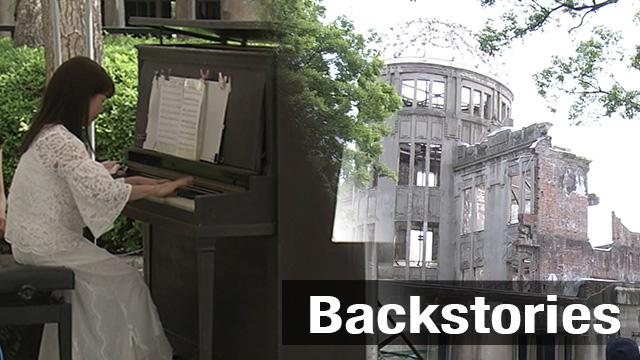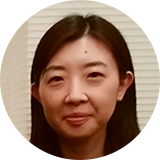Akiko and the piano arrive in Japan
A piano plays a melody of peace in front of Hiroshima's Atomic Bomb Dome. It's a yearly recital held on the anniversary of the bombing. The piano still has glass fragments embedded in its side from the blast 73 years ago.
The Baldwin Piano Company made this piano in the US sometime during the 1920s. It's one of only a small handful still in existence.
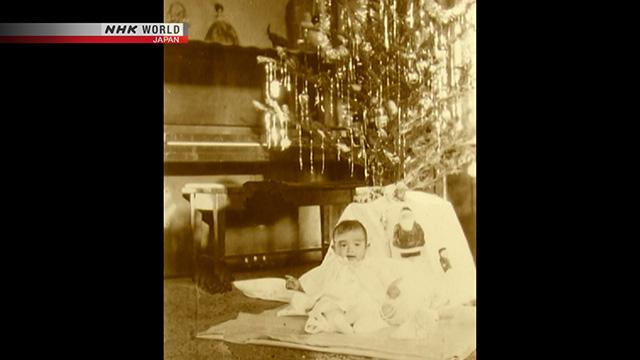
Its owner was Akiko Kawamoto. Akiko was born in the United States in 1926 and grew up with the piano in her home.
In 1932, Akiko and her family moved to Japan's Hiroshima Prefecture. After that, she kept a diary until about one year before her death.
In the diary, Akiko often wrote about how much she enjoyed playing the piano. She also wrote about how the fighting was intensifying.
Piano passed down to next generation
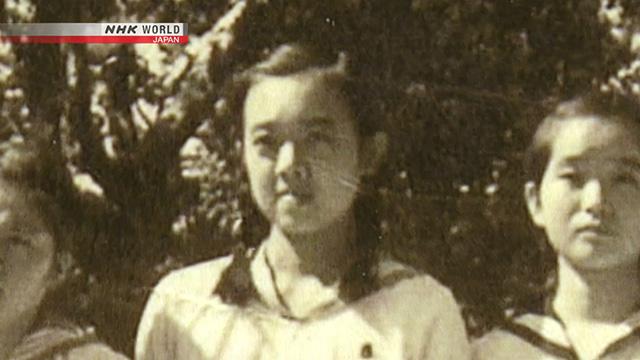
Japan entered World War II when Akiko was a teenager. On August 6, 1945, tens of thousands were killed by the atomic bomb that leveled her city. Akiko died the next day.
Her parents survived, but never touched the piano again. It sat in their home for 60 years.
In 2004, the piano was handed over to a family friend, Tomie Futakuchi.
Even though Futakuchi was born after the war, she watched Akiko's parents carry the pain of her loss with them until they died.
"When Akiko was killed, her parents buried her cremated remains under a persimmon tree in their garden. Their grief must have been so great, it's beyond my imagination," said Futakuchi.
"I think I’ve inherited a duty to spread the message of the importance of peace, because the piano survived the bombing and has been kept intact for many decades."
Restoring the piano for peace
Futakuchi asked Hiroshi Sakaibara, a piano tuner, to repair the instrument.
Sakaibara retained the original parts instead of replacing them with new ones to restore the piano to its original state. He wanted to keep its history alive, as well as the memory of Akiko having played it.
Repairing the piano filled Sakaibara with emotion. "My mother was exposed to radiation. And just like Akiko, my uncle died the day after the city was atomic bombed. Their fate was similar to Akiko’s."
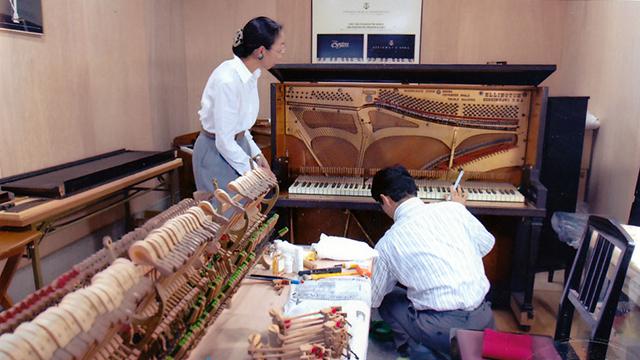
After a year, the piano was ready to be played again, thanks to Futakuchi and Sakaibara. It was ready for its first concert in 2005.
At the recital that year, on August 3, Futakuchi introduced the piano. "This was Akiko Kawamoto’s beloved piano. She lived a happy life until that fateful day in 1945."
Guest pianists send message
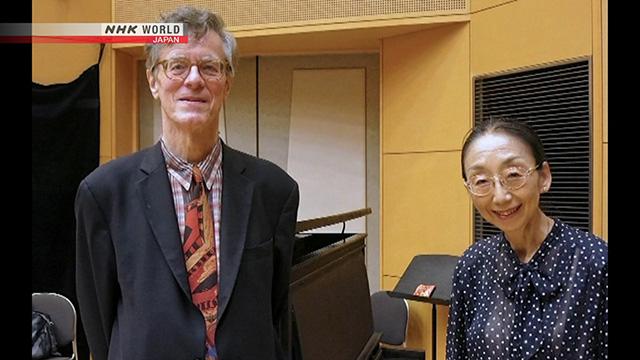
The concert has been held every year since then. In 2017, there was a special surprise. American concert pianist Peter Serkin contacted Futakuchi. He wanted to play Akiko's piano. In March 2018, Serkin released a charity CD titled “Music for Peace,” in which he played the instrument.
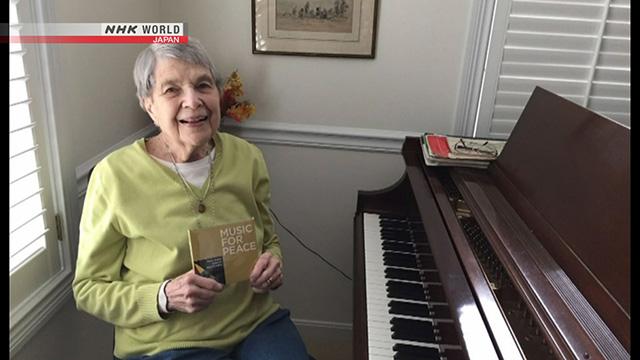
A copy of his CD was sent to 90-year-old Peggy Kite, who lives in Cincinnati, in the US. Kite is the daughter of the former CEO of Baldwin, which made Akiko’s piano.
She was thrilled to hear about it. "It's great that the piano is in Japan and being taken care of. I enjoyed seeing pictures of it. It is remarkable that it survived the atomic bomb in Hiroshima and is now preserved by Mrs. Futakuchi and the Hiroshima people. The piano sounds good. I hope that it continues to be played as a symbol of peace between the United States and Japan," she said.
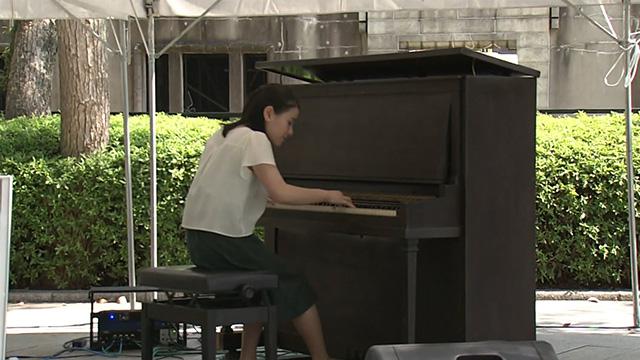
At this year's recital, the guest performer was Miyu Nakamura, a university student. She is 19 years old, the same age Akiko was when she died. "I would like to spread peace by playing Akiko’s piano," she said.
Futakuchi was delighted to see young people taking part in the efforts to spread peace. "I am grateful that young people are becoming active. I believe in the power of youth," she said.
73 years after Akiko's death, her piano continues to be played, and its message heard.
